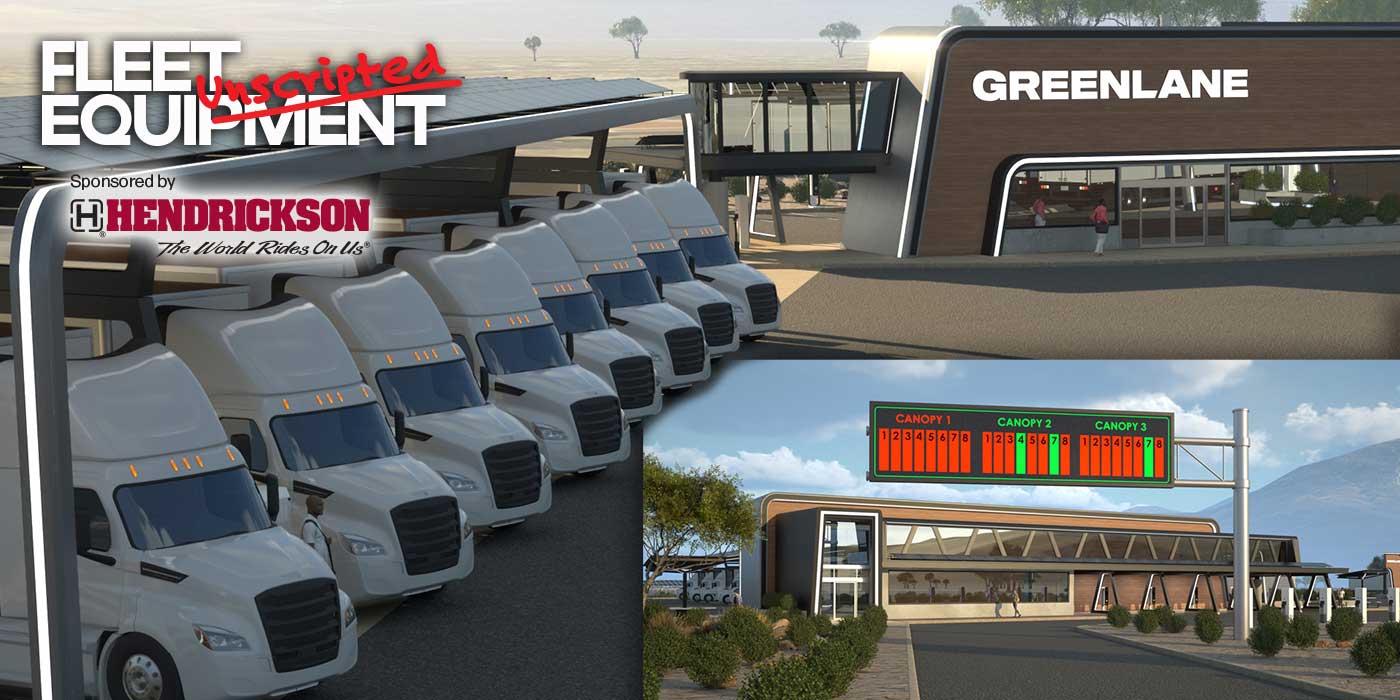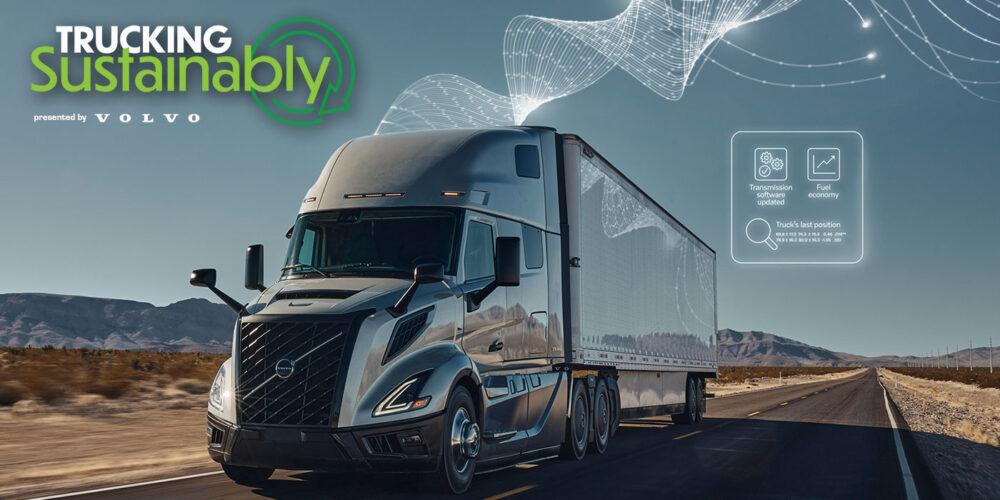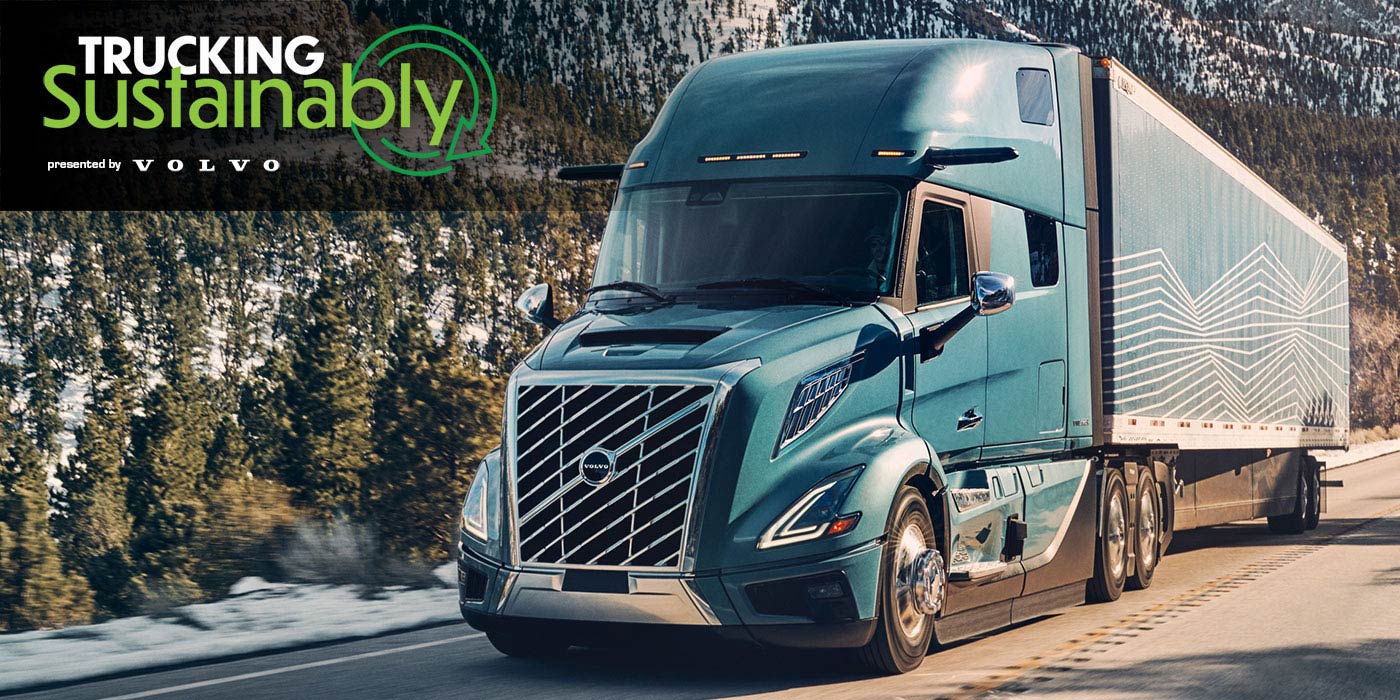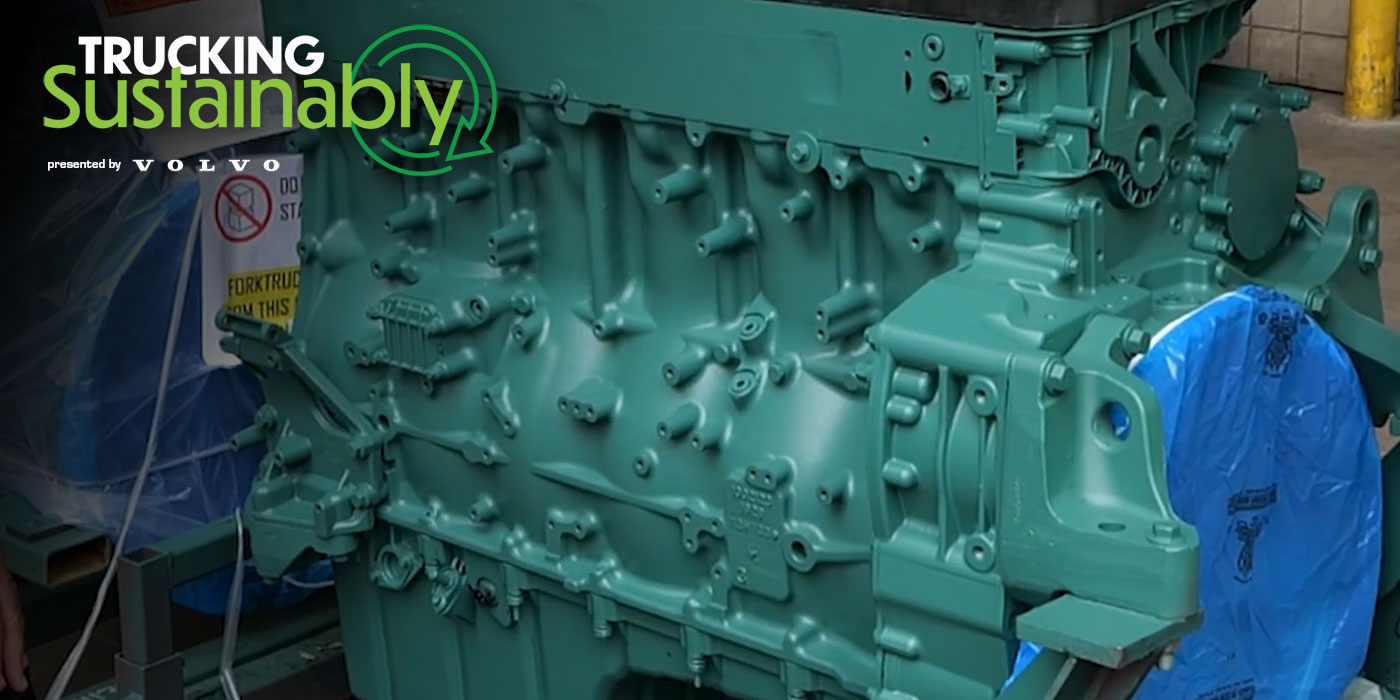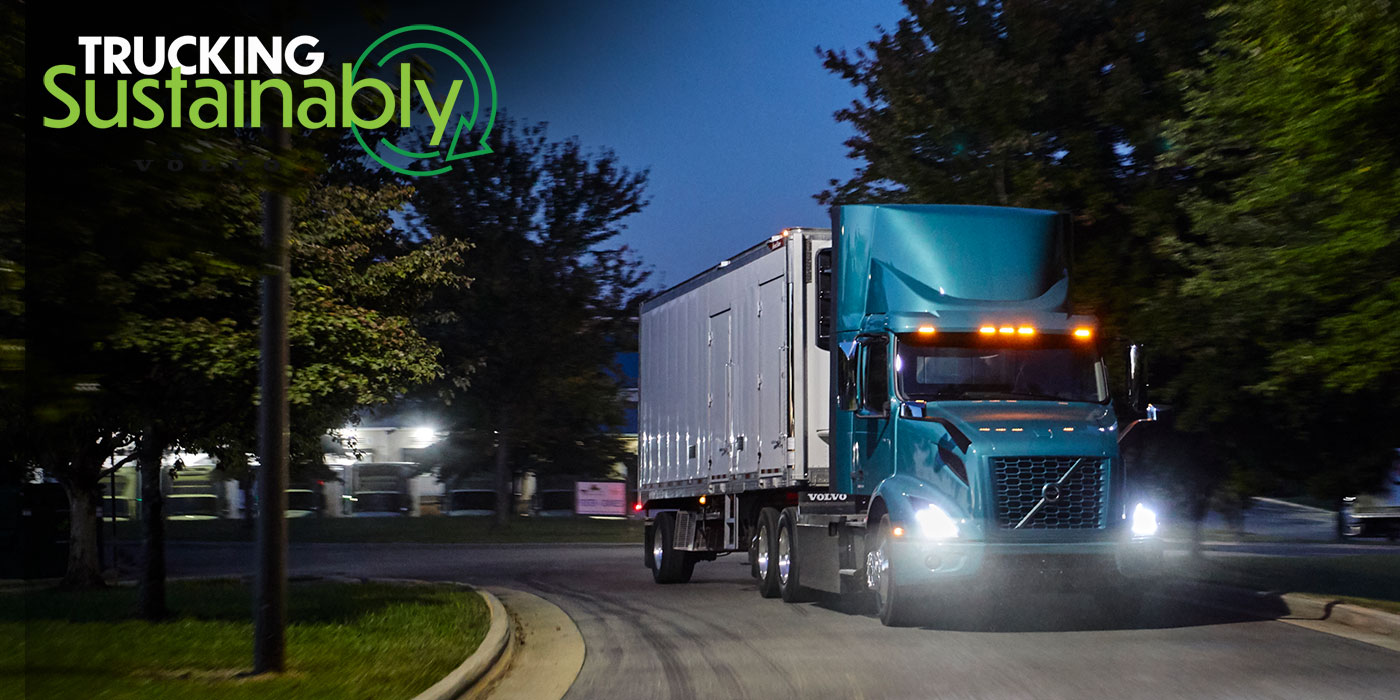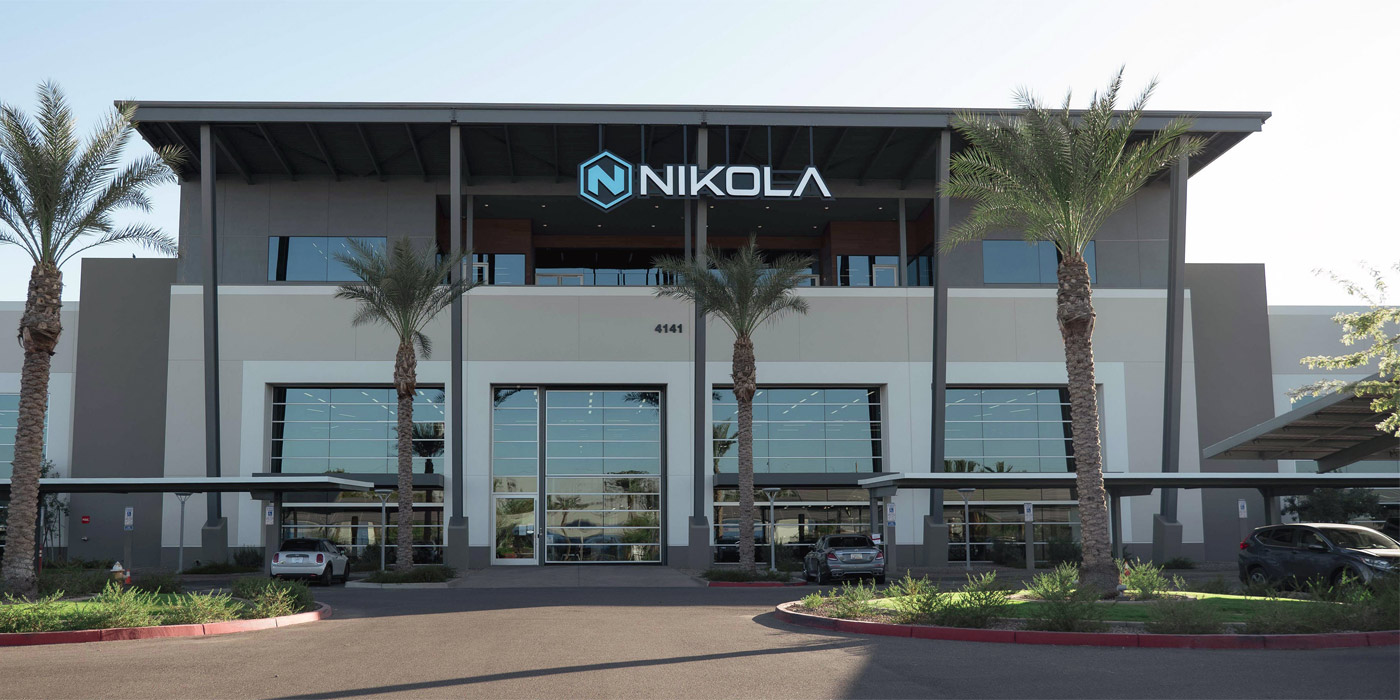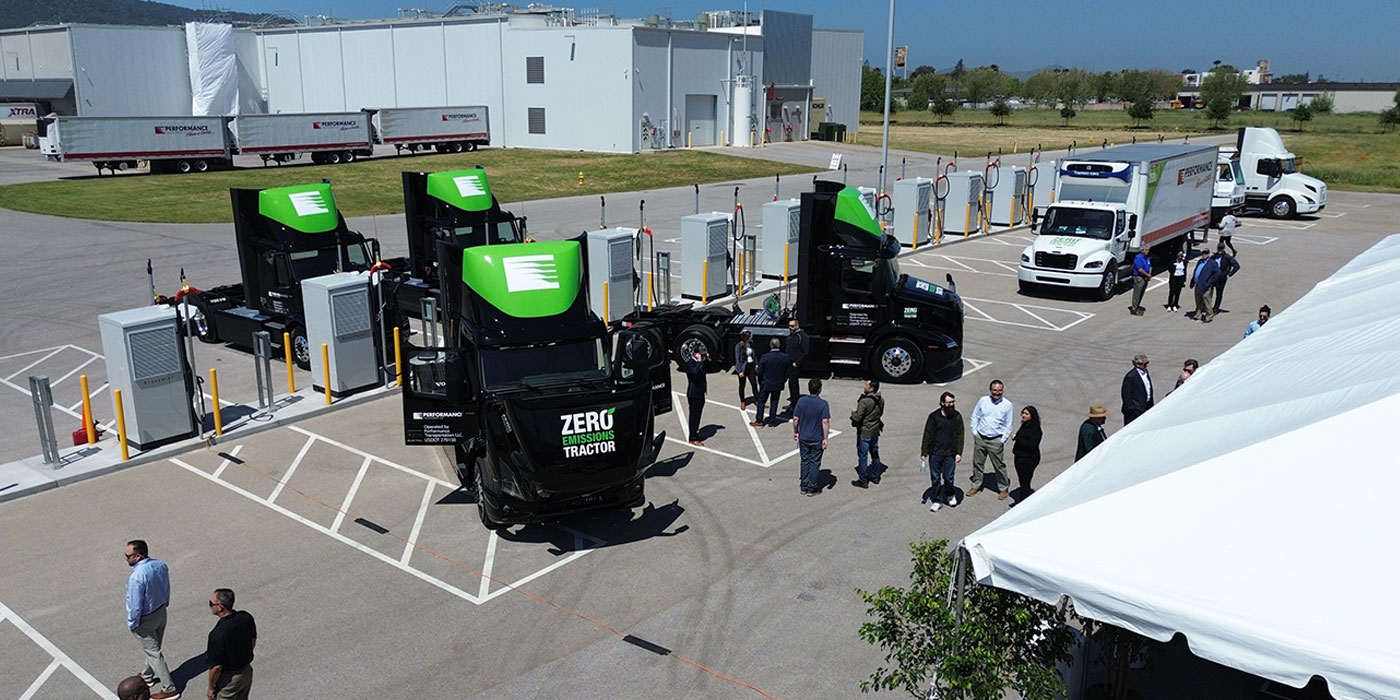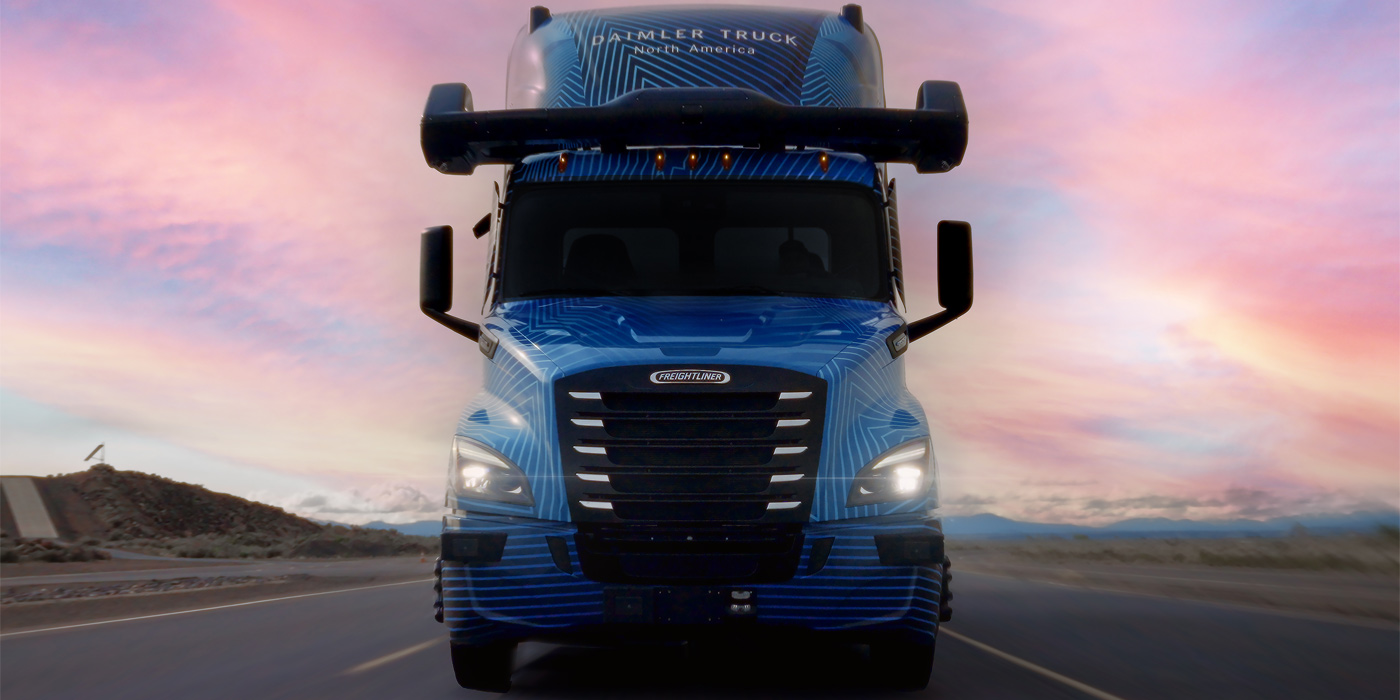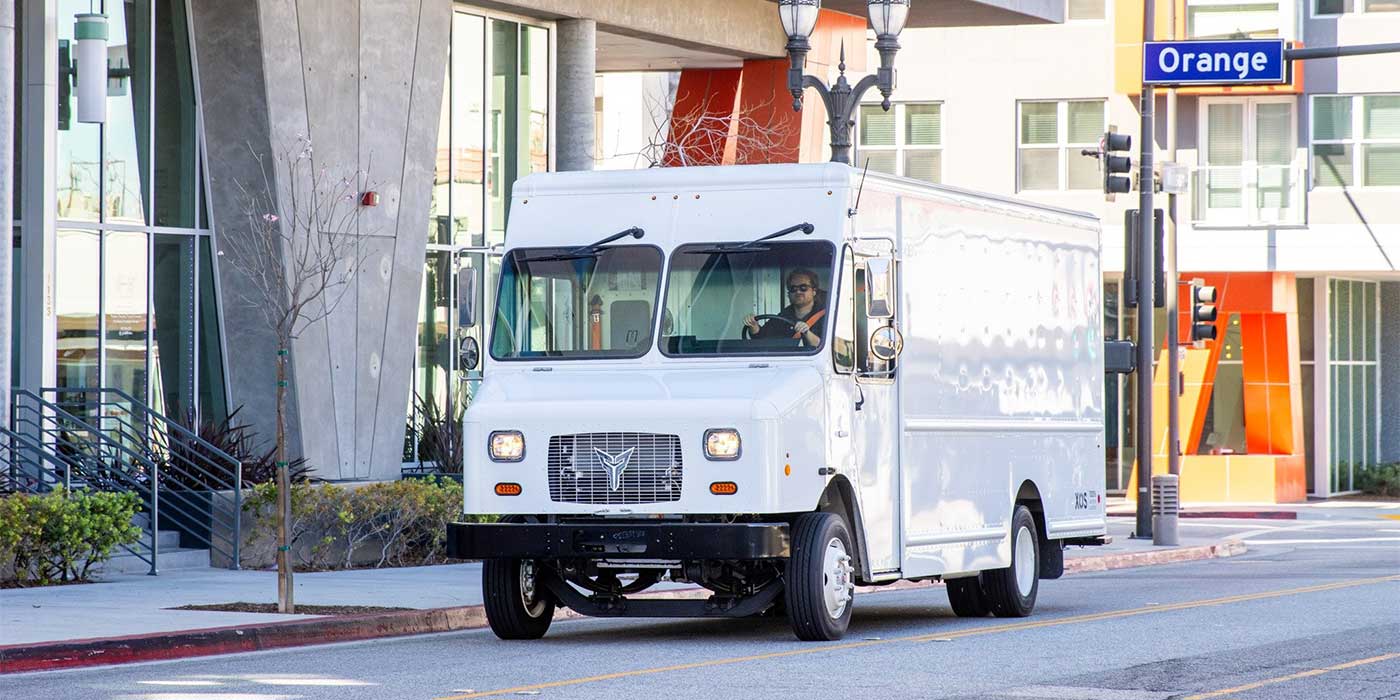“Charging-as-a-Service”—it’s a fun buzzword, but what does it mean? How does it work? And what battery electric commercial vehicle applications does it work for? Those are the questions we posed to Henrik Holland, the global head of mobility for Prologis Mobility, who explained Charging-as-a-Service flexibility and scalability.
Think of it as another road toward battery electric commercial vehicle adoption compared with installing your own infrastructure. Charging-as-a-Service capabilities extend beyond your infrastructure footprint to accommodate demands in various charging locations. In Prologis’s case, that means focusing on EV hotbeds, such as California, Illinois, and New Jersey, with plans to expand into Texas and Georgia.
Another benefit speaks to a growing talking point in EV adoption—temporary power solutions. This approach is particularly beneficial for fleets waiting on the development of permanent infrastructure. These temporary setups, which can be deployed quickly and cater to different power requirements, ensure that fleets can utilize their EVs without delay, bridging the gap until permanent solutions are in place.
Watch our video for all of the as-a-service insight.



